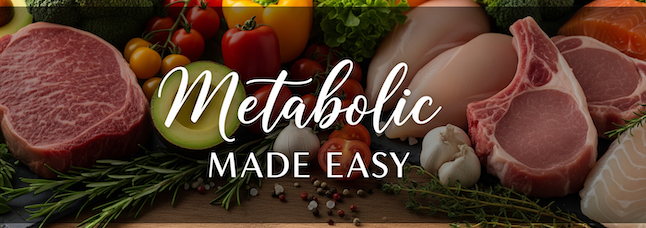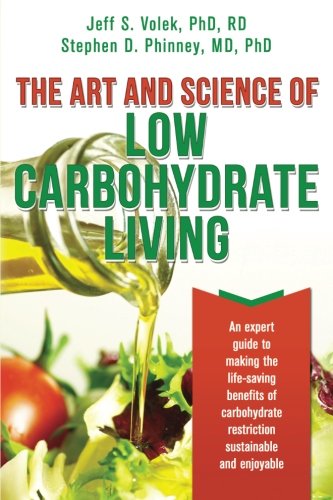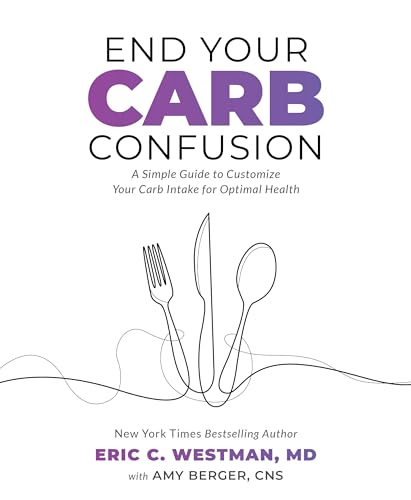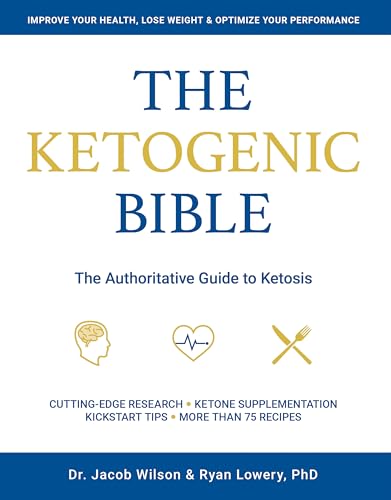Understanding the Standard Ketogenic Diet (SKD)
What SKD is
The Standard Ketogenic Diet is a very-low-carbohydrate, high-fat, moderate-protein pattern designed to sustain nutritional ketosis (blood β-hydroxybutyrate typically ~0.5–3.0 mmol/L). It differs from the classical therapeutic keto used in epilepsy (often a 4:1 fat:(protein+carb) ratio) but keeps carbs very low to promote fat-derived ketone production.
Who might consider SKD (and who should not)
May benefit:
- Adults seeking weight loss or improved glycemic control/insulin resistance (T2D/metabolic syndrome) when supervised. Sustained 2-year data show improved HbA1c, weight, triglycerides, HDL, and reduced diabetes meds in a keto-supported program.
- People needing steady energy/appetite control; some report improved mental clarity.
- Patients using diet therapy for epilepsy (typically medical keto variants; supervision required).
Avoid or use only with specialist oversight:
Absolute/relative contraindications include pancreatitis, liver failure, disorders of fat metabolism (e.g., primary carnitine deficiency), porphyria, and other inborn errors of metabolism; pregnancy/breastfeeding and significant renal disease warrant individualized medical review.
Potential benefits (evidence snapshot)
- Weight & appetite: Low-carb/keto can reduce appetite and support fat loss in the short to intermediate term.
- Glycemic control in T2D: Multi-year non-randomized programs with remote care show sustained HbA1c and medication reductions up to 2 years (and beyond in follow-ups).
- Epilepsy: Established therapy; classical keto and related variants reduce seizures in a substantial subset; duration and weaning are individualized.
Risks & what to monitor
- Early “keto flu” (fatigue, headache): usually during week 1; hydration and electrolytes (sodium, potassium, magnesium) help. Constipation is common—use low-carb, high-fiber vegetables. Kidney stones occur in a minority (citrate and hydration can reduce risk).
- Lipids: Triglycerides typically fall and HDL rises; LDL-C can increase in some individuals, with notable rises reported in subsets (“lean-mass hyper-responders”). Monitor ApoB/LDL-C and adjust fat quality (favor unsaturated fats) if needed.
- Micronutrients: Potential gaps in folate, thiamin, electrolytes, fiber—plan produce and supplementation accordingly.
Suggested labs & follow-up
Baseline and periodic: fasting lipids (including ApoB if available), CMP, A1c/glucose, eGFR, and clinical review every 3–6 months when used therapeutically.
SKD macro ratios & daily carb targets
- Fat: ~70–80% of energy
- Protein: ~15–25% (≈1.2–1.7 g/kg reference body weight; individualized to LBM & goals)
- Carbohydrate: ~5–10% (often 20–50 g net carbs/day)
Net carbs = total carbs − fiber.
How long to follow SKD?
- Adaptation: Evaluate tolerance after 2–4 weeks as ketone production and electrolyte balance stabilize.
- Active phase: 8–12+ weeks for weight/metabolic goals; reassess quarterly.
- Longer-term: Multi-year outcomes exist under medical supervision, but periodic re-evaluation is prudent; epilepsy programs often consider weaning after ~2 years of good seizure control.
7-Day SKD meal ideas (adjust portions to your calories/macros)
| Day | Breakfast | Lunch | Dinner |
|---|---|---|---|
| 1 | Scrambled eggs, avocado, bacon | Grilled chicken salad + olive oil, olives, feta | Baked salmon, broccoli, butter |
| 2 | Greek omelet (eggs, spinach, feta) | Tuna salad (mayo, celery) in lettuce cups | Ribeye, asparagus, herb butter |
| 3 | Chia pudding (unsweetened almond milk), walnuts | Turkey thigh, arugula salad, avocado oil | Chicken thighs, cauliflower mash |
| 4 | Cottage cheese* with pecans, cinnamon (*full-fat) | Shrimp salad with olive oil lemon | Pork chops, zucchini sauté in olive oil |
| 5 | “Bulletproof” coffee + 2 hard-boiled eggs | Cobb salad (chicken, egg, bacon, blue cheese, olive oil) | Ground beef & spinach skillet |
| 6 | Egg muffins (egg/cheddar/sausage) | Salmon salad (mayo, celery, dill) | Lamb chops, kale sauté |
| 7 | Smoked salmon roll-ups (cream cheese, cucumber) | Charcuterie plate (cheese, olives, nuts; veg crudités) | Grilled white fish, green beans, butter |
Keep non-starchy veg daily for fiber/electrolytes. Add olive oil/avocado/nuts to “top up” fat.
One-day sample plan with per-item macros (~2,000 kcal target)
Breakfast – Scrambled eggs + avocado + bacon
- 3 eggs scrambled + 1 tsp butter: 250 kcal, 21 g fat, 19 g protein, 1 g net carb
- ½ avocado (medium): 120 kcal, 11 g fat, 1.5 g protein, 3 g net carb
- 2 bacon slices: 80 kcal, 7 g fat, 5 g protein, 0 g net carb
Meal total: ~450 kcal | 39 g fat, 25 g protein, 4 g net carb
Lunch – Grilled chicken salad (olive oil, feta, olives)
- Chicken thigh ~5 oz cooked: 330 kcal, 22 g fat, 30 g protein, 0 g net carb
- Greens/veg: 30 kcal, 0 g fat, 2 g protein, 3 g net carb
- Olive oil 2 Tbsp: 240 kcal, 28 g fat
- Feta 1 oz + olives (~6): 100 kcal, 9 g fat, 4 g protein, 2 g net carb
Meal total: ~700 kcal | 59 g fat, 36 g protein, 5 g net carb
Dinner – Baked salmon, broccoli, butter
- Salmon 6 oz: 370 kcal, 22 g fat, 39 g protein, 0 g net carb
- Broccoli 1 cup + 1 Tbsp butter: 160 kcal, 14 g fat, 4 g protein, 4 g net carb
Meal total: ~530 kcal | 36 g fat, 43 g protein, 4 g net carb
Snack – Macadamia nuts (1 oz)
~200 kcal, 21 g fat, 2 g protein, 2 g net carb
Daily total (approx.): 1,880–2,000 kcal | 155–165 g fat (70–79%), 100–106 g protein (19–22%), 15–20 g net carbs (3–5%) — within SKD ranges.
Practical tips
- Electrolytes: Proactively include sodium (e.g., broth/salt to taste), potassium (avocado/leafy greens), and magnesium (nuts/greens) to reduce “keto flu.”
- Fat quality: Favor olive oil, avocado, nuts, fatty fish; moderate saturated fat if LDL-C rises.
- Protein: Keep moderate; adjust to body size and goals (don’t fear adequate protein—keto isn’t high-protein).
- Medication: If on glucose-lowering agents or insulin, coordinate with your clinician to avoid hypoglycemia.
Resources & Further Reading
- 2-year nutritional ketosis outcomes in T2D (Frontiers in Endocrinology, 2019)
- Ketogenic Diet — StatPearls (NCBI Bookshelf)
- Ketogenic Diet Overview (Epilepsy Foundation)
- Ketogenic Diet (Epilepsy Society)
Recommended books (Amazon)
Additional resources
- https://www.dietdoctor.com/low-carb/keto
- https://perfectketo.com/keto-food-list/
- https://fdc.nal.usda.gov/ (USDA FoodData Central)
- https://www.healthline.com/nutrition/ (Healthline nutrition pages)
- https://www.verywellhealth.com/ (Verywell Health keto/vegetable guides)




